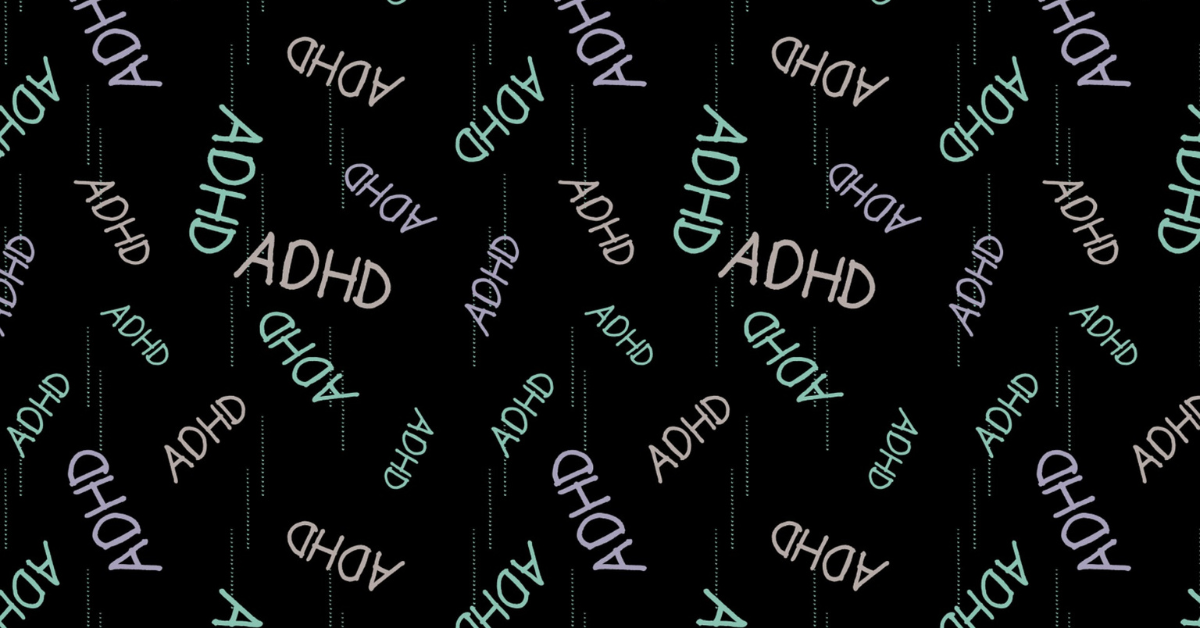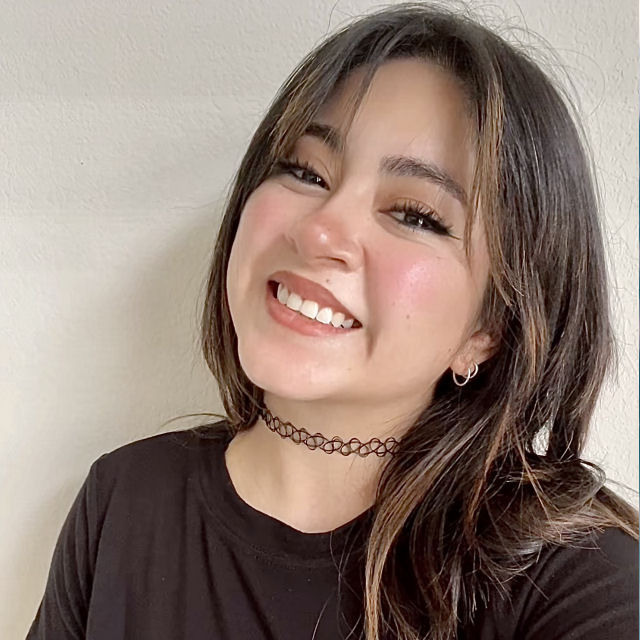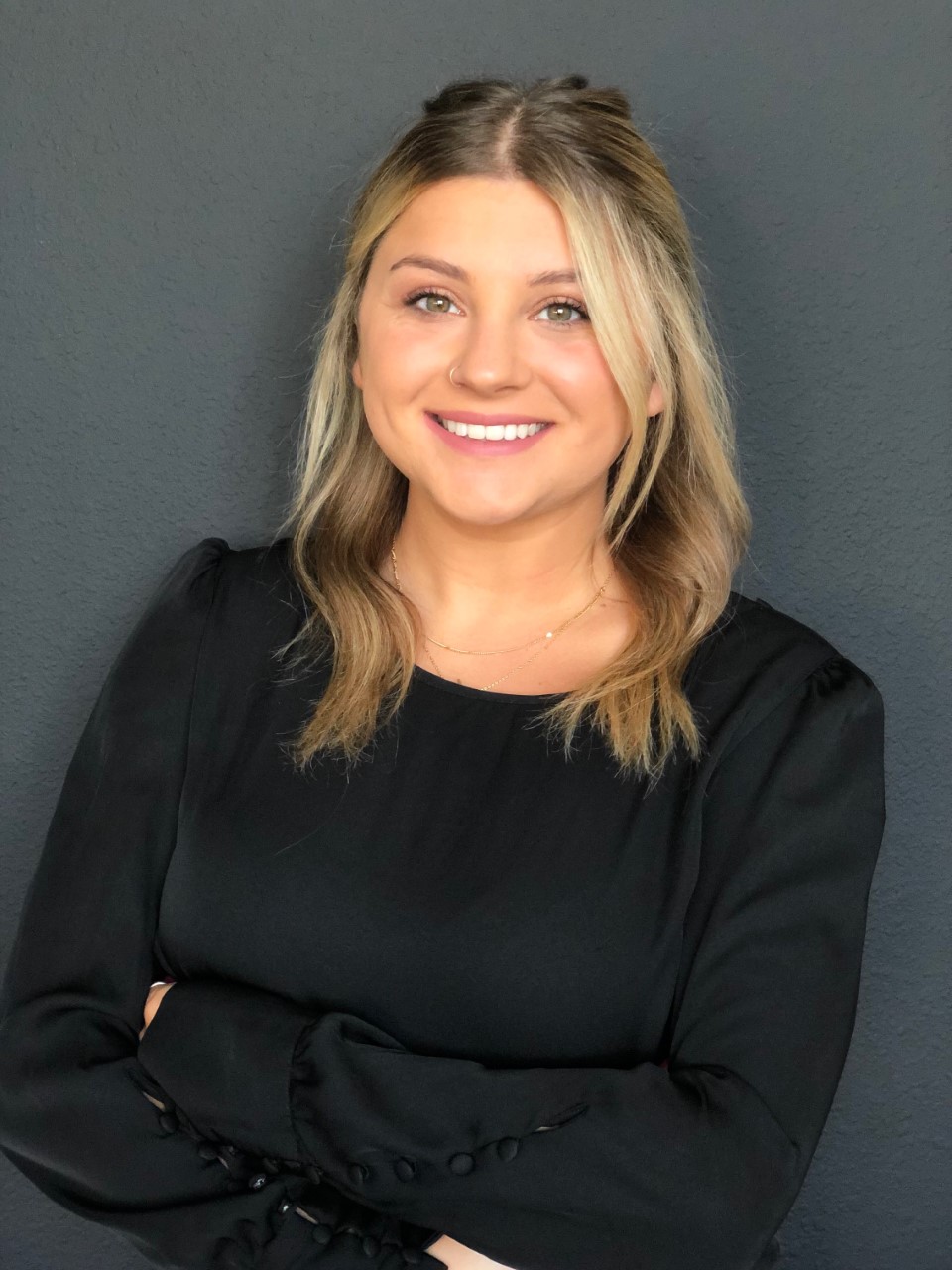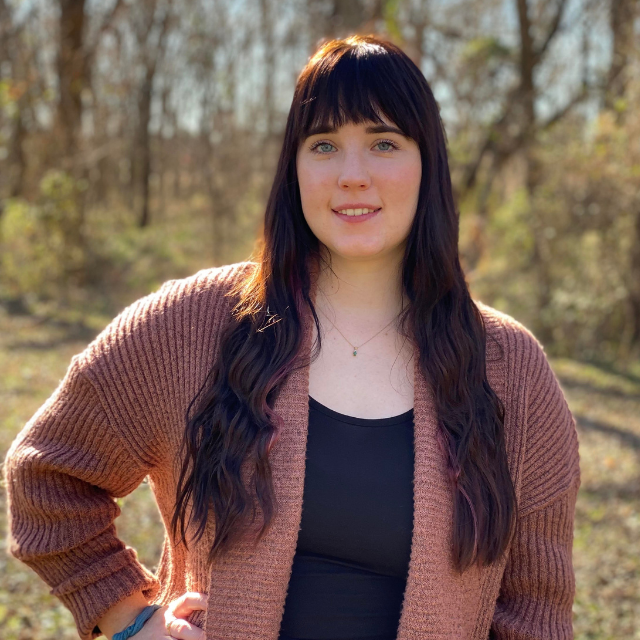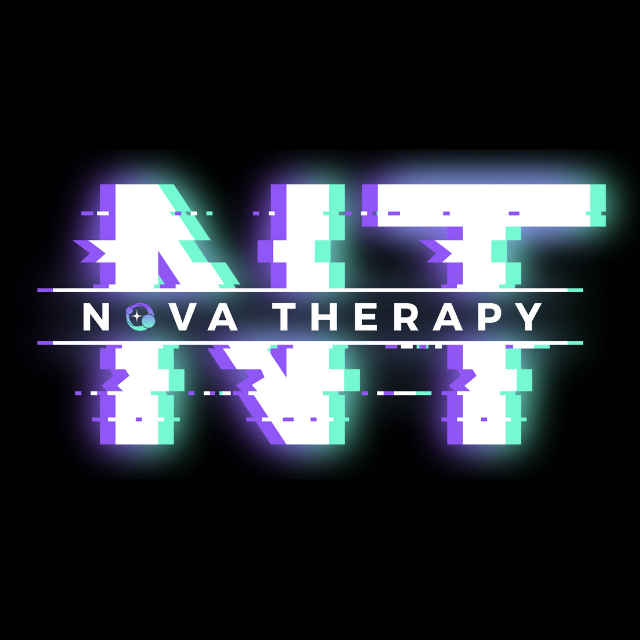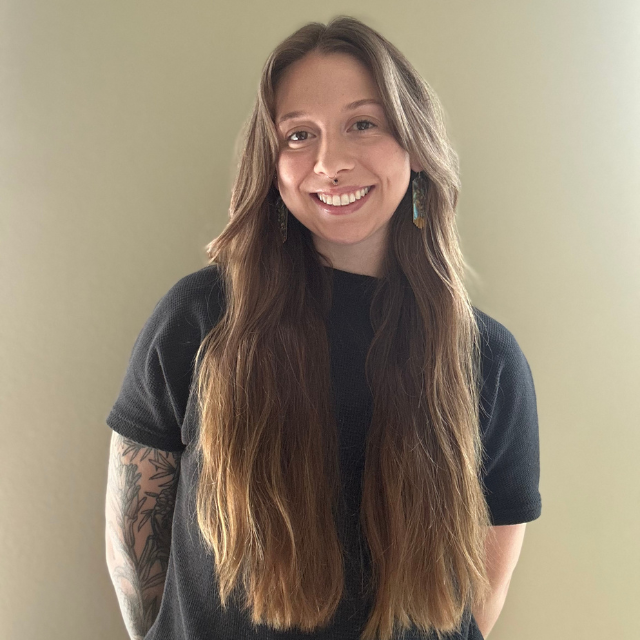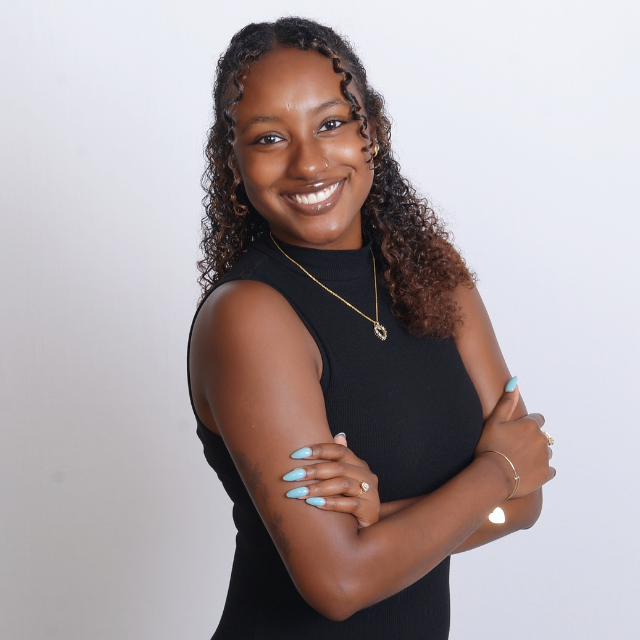If you’ve spent any time on the internet, you’ve probably heard something about ADHD. Maybe you’ve seen memes about people with ADHD hyper-fixating on a random hobby for a week straight or forgetting where they put their phone while it’s literally in their hand. But ADHD is so much more than just being a little scatterbrained or “bad at paying attention.” It’s a full-life experience that impacts emotions, relationships, and even everyday routines.
And, fun fact—I don’t have ADHD, but my husband does. And let me tell you, it has been a journey of learning, understanding, and (let’s be real) exercising an unreal amount of patience. Like that one Valentine’s Day when I went to Pilates for an hour and came home to what looked like a natural disaster in our kitchen. While I so appreciated his effort to make steak, lobster, salad, chocolate-covered apples and strawberries, and a bouquet of flowers (romance level 100, right?), he completely destroyed the kitchen in the process. Dishes were everywhere, cabinet doors were all wide open, there wasn’t a single inch of counter space left. Meanwhile, I had planned for a super chill night—pizza, a movie, and just relaxing. Instead, I spent three hours helping him finish the meal (because he hadn’t even gotten to cooking yet) and then cleaning up the absolute wreckage.
And that, my friends, is just a glimpse of what it’s like to love someone with ADHD.
WHAT IS ADHD, REALLY?
First things first—let’s talk about what ADHD actually is. ADHD, or Attention-Deficit/Hyperactivity Disorder, is a neurodevelopmental disorder that affects a person’s ability to regulate attention, impulses, and emotions. It’s not just about being “hyper” or “easily distracted”—it’s a full-body, full-life experience.
ADHD symptoms usually fall into three categories:
- Inattention – Difficulty focusing, getting easily distracted, forgetting things, struggling with organization and time management.
- Hyperactivity – Restlessness, fidgeting, trouble sitting still, feeling like they need to be doing something all the time.
- Impulsivity – Interrupting conversations, making decisions without thinking through consequences, emotional outbursts.
Not everyone with ADHD has hyperactivity—many people (especially adults) have more of the inattentive or combined type, meaning they might look totally “functional” on the outside but internally feel scattered, overwhelmed, and exhausted.
ADHD MYTHS: LET’S BUST ‘EM
Before we dive into what ADHD actually looks like, let’s clear up some of the biggest myths floating around out there.
MYTH #1: ADHD is just about not being able to focus.
Nope. ADHD is more like struggling to regulate focus. That means sometimes people with ADHD have trouble concentrating, but other times, they hyperfocus for hours on something they find interesting (hello, 10-hour deep dive into obscure Wikipedia pages).
MYTH #2: ADHD only affects kids.
Another hard no. While ADHD is often diagnosed in childhood, it doesn’t just disappear when someone turns 18. Adults with ADHD deal with challenges in work, relationships, and daily life—often without the support they needed when they were younger.
MYTH #3: People with ADHD are just lazy.
If I had a dollar for every time I heard this one, I could afford to hire someone to clean up after my husband’s next grand project. ADHD isn’t about laziness—it’s about executive dysfunction. That means starting tasks, organizing thoughts, and following through on plans can be way harder than it seems. It’s not a lack of effort; it’s a difference in brain wiring.
MYTH #4: ADHD isn’t a real disorder.
If only it were that simple. ADHD is a neurodevelopmental disorder, backed by decades of research and brain imaging. It affects how the brain processes information, regulates emotions, and manages impulses. So yeah, very real.
WHAT ADHD ACTUALLY LOOKS LIKE
So what does ADHD look like in real life? It’s different for everyone, but here are some common traits:
- Impulsivity – Saying things without thinking, interrupting conversations, making questionable late-night online purchases.
- Hyperfocus – Zoning in on one task for hours and completely forgetting to eat, drink water, or, you know, respond to texts.
- Time Blindness – Thinking 10 minutes have passed when it’s actually been 2 hours (or vice versa).
- Forgetfulness – Losing keys, forgetting appointments, or leaving the laundry in the washer for days (…weeks?).
- Difficulty with Transitions – Struggling to shift from one task to another, especially if they’re deep in hyperfocus mode.
- Emotional Dysregulation – Feeling emotions big time—whether it’s excitement, frustration, or stress.
LOVING SOMEONE WITH ADHD
Being married to someone with ADHD has taught me a lot about patience, communication, and adapting. Some days, I feel like the project manager of our lives—reminding him of appointments, helping him stay on track, and creating structure where his brain thrives. Other days, I see how his ADHD brings so much spontaneity, creativity, and energy into our life.
Here’s what I’ve learned:
- Expect the unexpected. Plans might change because their brain suddenly decides now is the time for a random deep-clean of the closet or a new hobby.
- Give gentle reminders, not nagging. Framing things positively helps—“Hey babe, remember you were going to call the doctor today?” instead of “Did you seriously forget again?”
- Pick your battles. Some things just aren’t worth getting worked up over. If my husband leaves cabinets open, I take a deep breath and close them. It’s not the end of the world (even if it is mildly infuriating).
- Celebrate their strengths. ADHD brains are full of creativity, passion, and out-of-the-box thinking. When they’re in their element, it’s magic.
FINAL THOUGHTS
If you love someone with ADHD—or you are someone with ADHD—just know that it’s not about “fixing” or “curing” anything. It’s about understanding, adapting, and appreciating the way ADHD brains work. Yes, there are challenges, but there’s also so much vibrancy, creativity, and fun that comes with it.
And if your partner ever decides to make an elaborate Valentine’s Day dinner while you’re out for an hour… just mentally prepare yourself. It might not go as planned, but hey, at least it makes for a good story. And don’t forget to visit us at https://www.novatherapypllc.com for your ADHD!


